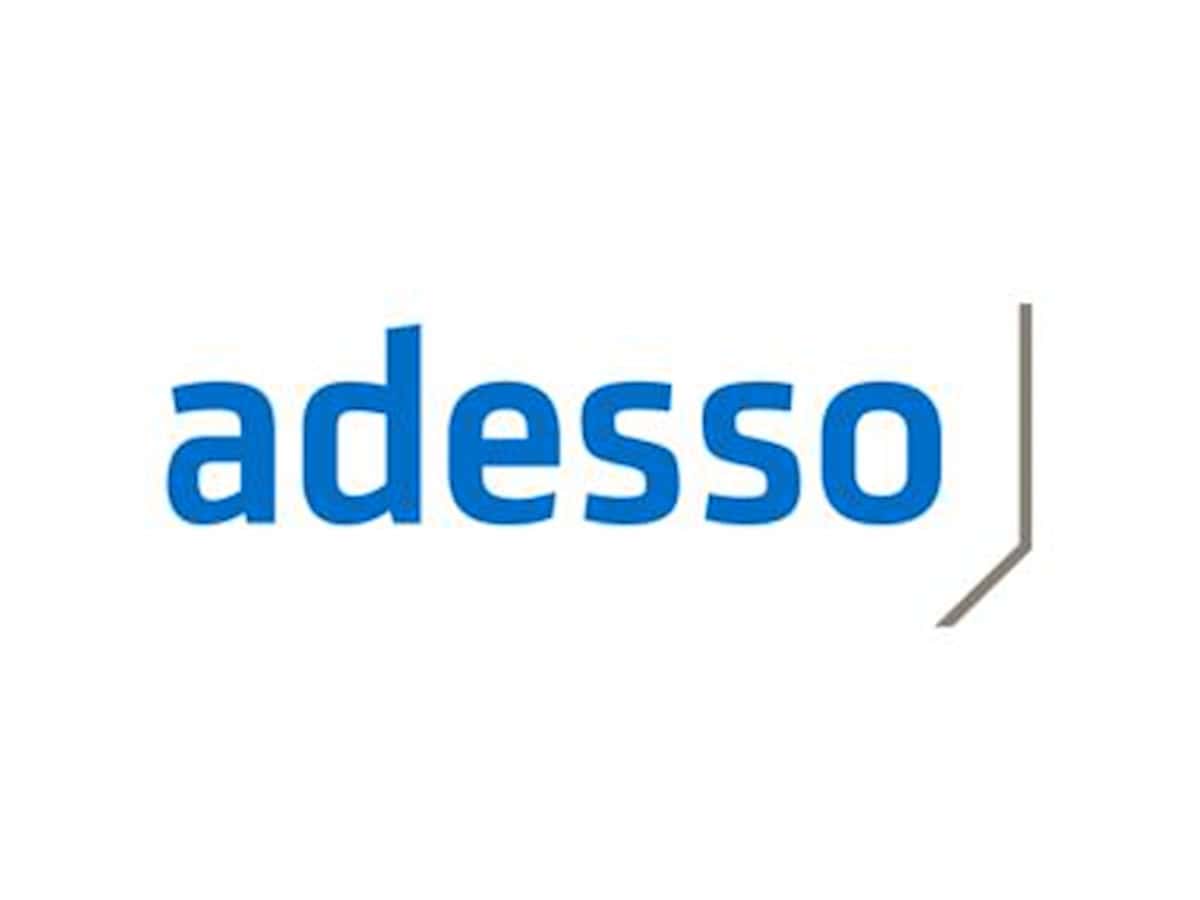
The desire for digital sovereignty is not only being driven by compliance departments. More and more companies see dependence on non-European providers as a risk. According to the GenAI Impact Report Germany 2025, 71% of respondents now consider it important or very important that their company’s GenAI applications were developed in the EU. In terms of data location, as many as 85% consider a data center on European soil that is protected from possible interference by foreign governments to be crucial. In addition to data protection and regulatory requirements in accordance with the EU AI Act, it is also about control over the flow of information, model transparency and the long-term cost structure. Companies should consider the possibility of switching, even if not every AI has to be “Made in Europe” in the future. For most companies and for many application scenarios, the use of language models and corresponding services from global players is completely unproblematic. With a view to prevention, however, the key question is: How can a changeover be successful if it becomes necessary?
From adesso’s point of view, there are five areas of action:
- Starting point: Assessment with AI map. Before a switch to an alternative GenAI solution can even be evaluated, a complete overview is required: Which GenAI services are in use? Which interfaces do they use? Which models are running in the background? How is the data stored? This AI map creates transparency about existing integrations in systems, tools and other data pipelines. It also reveals where shadow IT is involved. It is advisable for an interdisciplinary team from IT, data protection, specialist departments and compliance to jointly classify the data according to its criticality and strategic importance.
- Evaluation: Compare language models in a targeted manner. Not every model is suitable for every use case. Companies should therefore define in advance which requirements apply in each case – for example in terms of language, accuracy, hosting, license conditions or regulatory compliance. A test environment should then be set up. Ideally, the comparison should take place under realistic conditions: same prompts, same context and defined evaluation criteria such as consistency of results, hallucination rate or response time. The technical assessment is supplemented by a license assessment and governance analysis. In this step, a targeted comparison of open source models and proprietary providers should be carried out, as this decision has an impact on the entire solution architecture.
- Migration planning: Set up a roadmap with a step-by-step model. A successful exit from existing LLM (Large Language Model) dependencies cannot be achieved with a “big bang”. A step-by-step model that starts with non-critical use cases has proven successful. For example, the change can start with internal text tasks or knowledge systems – such as a RAG (Retrieval Augmented Generation) system based on a sovereign model. At the same time, existing vector databases that give language models access to relevant company data can be abstracted so that the backend can be replaced without having to adapt the user logic. Important: Fallback options should be planned in each phase, for example through parallel operation. It also makes sense to have an internal center of excellence where expertise is bundled centrally and which supports the rollout.
- Infrastructure: The decision on the operating model is key. Whether language models run efficiently and securely depends largely on the infrastructure. Many European alternatives rely on on-premises or private cloud scenarios – which brings advantages in terms of data protection, but places new demands on hardware, deployment and monitoring. Companies must therefore decide at an early stage whether they want to operate their own GPU clusters, use European IaaS providers or work with specialized service providers. It is important that the infrastructure is not only scalable, but also compatible with existing workflows, APIs and security standards. Otherwise, any exit strategy risks remaining in pilot status.
- Acceptance and expertise: People remain the key success factor. Every technological migration needs the support of the organization. Expectations are particularly high in the area of GenAI – but trust is fragile at the same time. Companies should therefore involve internal pilot users at an early stage to test models for relevance and comprehensibility. Training formats, guidelines for prompting and clear feedback channels ensure acceptance and increase the maturity level of use. It is also important to clearly communicate internally why the migration is taking place – not as an end in itself, but to strengthen the ability to innovate and digital resilience.
“Sovereign AI is not a luxury, but a prerequisite for sustainable digitalization – especially in regulated markets. Companies need partners who not only master the technology behind generative AI, but also think holistically about data protection, infrastructure and governance,” says Tim Strohschneider, Head of GenAI at adesso SE. “What many misunderstand: Switching to European providers does not mean a radical break, but a gradual transition to a new operating model. This is important wherever companies want or need to maintain their digital independence. However, sovereignty does not mean turning away completely from the large providers, as this is unrealistic. Rather, it is about the freedom to decide for yourself who your own AI models come from and where they are best stored.”
– – – – – –
Further links
👉 www.adesso.de
👉 Using Generative AI successfully in companies
Photo: pixabay




